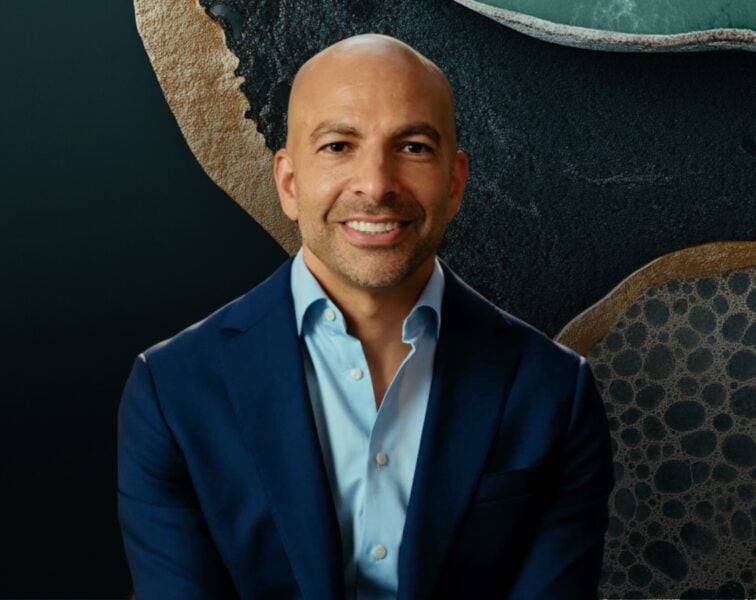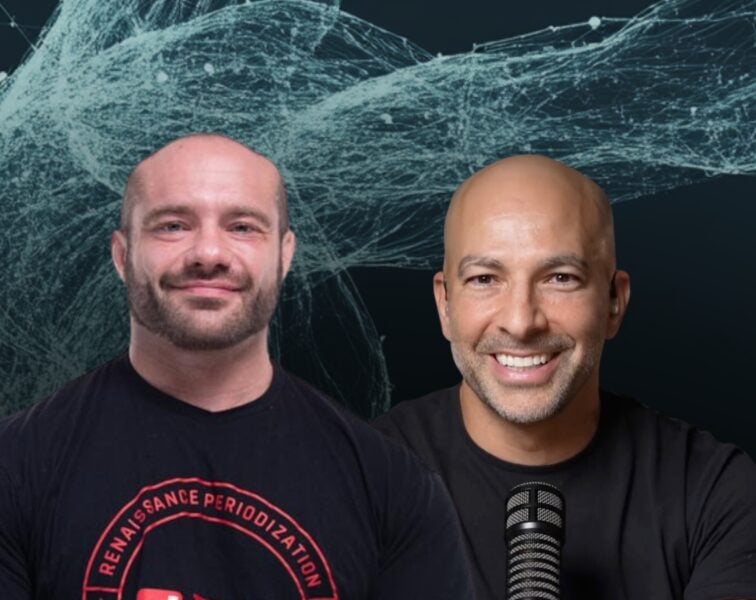Irene Davis is the founding Director of the Spaulding National Running Center at the Harvard Medical School. In this episode, Irene describes how her research of biomechanics and clinical work with running injuries, as well as research by others, has shaped her views on maintaining body alignment and foot health. Irene discusses her argument for the role of modern footwear in running-related injuries and how minimalist footwear helps resolve the subsequent biomechanical issues.
Subscribe on: APPLE PODCASTS | RSS | GOOGLE | OVERCAST | STITCHER
We discuss:
- Irene’s path to her Ph.D., her entry into physical therapy, and her interest in biomechanics [3:20];
- How Irene’s thinking about the use of orthotics has changed [7:15];
- The evolution of the human foot and the transition from walking to running [10:30];
- The evolution of shoes and its impact on running injuries [17:30];
- An overview of running injuries [26:00];
- Cushioned running shoes, heel striking and impact forces [29:30];
- Shin splints [33:45];
- How heel strike patterns promotes knee stress through rate of loading [35:30];
- The critical importance of exercise [42:15];
- Impact forces and injury potential [45:45];
- How shoe cushioning alters impact forces despite forefoot striking [49:00];
- An overview of minimalist shoes [52:30];
- Irene’s protocol for transitioning people out of orthotics [58:45];
- Transitioning to minimalist shoes and a forefoot strike [1:05:30];
- Foot muscle volume, minimalist shoes, and orthotics [1:07:00];
- The recognition of the importance of foot strength in podiatry [1:09:45];
- Minimalist shoes across the lifespan—from children to adults [1:12:30];
- Why learning to forefoot strike on soft surfaces is not the best approach [1:20:00];
- Knee valgus and factors related to knee injury [1:21:45];
- IT band syndrome [1:28:30];
- Physics and ground reaction forces [1:33:15];
- Irene’s approach to retraining a runner’s gait [1:36:00];
- Case study—How the transition to minimalist shoes decreased injury and improved performance [1:42:15];
- Importance of proper movement patterns and the negative influence of our modern environment [1:45:30]; and
- More.
Get Peter’s expertise in your inbox 100% free.
Sign up to receive An Introductory Guide to Longevity by Peter Attia, weekly longevity-focused articles, and new podcast announcements.
Irene’s path to her Ph.D., her entry into physical therapy, and her interest in biomechanics [3:20]
The path to and focus of Irene’s Ph.D.
- She originally wanted to be in the FBI, but at the time, women weren’t allowed
- Classes in exercise science eventually led her to completing a degree in physical therapy
- Her curiosity led her to complete a master’s degree and Ph.D. in biomechanics
- She completed her Ph.D. at Penn State under Dr. Peter Kavanaugh, who is a pioneer of running mechanics
Irene’s early work as a physical therapist
- Watching her cousin go through physical therapy after being paralyzed in a car accident inspired her to become a physical therapist herself
- She started her physical therapy career in spinal cord rehab
- After starting graduate school, she shifted to outpatient physical therapy
What shifted Irene’s interest towards biomechanics
- Quadriplegics need to move their entire body with just 25% of their muscle – they need to learn to use their bodies in atypical ways
How Irene’s thinking about the use of orthotics has changed [7:15]
Early in Irene’s career, she was a proponent of orthotics
- She prescribed orthotics as a physical therapist
- She taught about orthotics at the University of Delaware
- She simply believed that some people had feet that were incapable of supporting themselves
Irene’s thinking began to change based on her research and when the book Born to Run was published
- Her research led her to realize that people who land on their heels while running incur greater impact forces, and that footwear influences these forces
- This, plus the message in book Born to Run, made her reflect on the traditional approach of physical therapy for other areas of the body – removing support to encourage patients to improve their intrinsic ability
- The permanent nature of orthotics is the opposite of this approach
- Irene says, “And it kind of brought me back to when I was a physical therapist in rehab, where we would try to take away as much support and bracing to our patients, even wheelchairs, a lower back, less lower extremity bracing so that they would use what they had. And yet my thinking in terms of feet was completely opposite. … We don’t brace anything else permanently if you have an orthopedic problem.”
Despite the common thinking that we should be prescribing a shoe type based on an individual’s need for support, a study done by Joe Knapik on thousands of military personnel found that there was no difference in injury rate
The evolution of the human foot and the transition from walking to running [10:30]
Anatomical changes from walking man (Australopithecus) to running man (Homo erectus)
{end of show notes preview}
Would you like access to extensive show notes and references for this podcast (and more)?
Check out this post to see an example of what the substantial show notes look like. Become a member today to get access.

Irene Davis, Ph.D.
Irene is a professor of physical medicine and rehabilitation at Harvard Medical School. She’s also the founding director of the Spaulding National Running Center—one of the premier centers in the United States devoted exclusively to the diagnosis, treatment and prevention of running injuries in runners of all ages and abilities. Irene holds two bachelor’s degrees, one in exercise science from the University of Massachusetts, and one in physical therapy from the University of Florida. She then went on to earn her master’s degree in biomechanics from the University of Virginia, before finally going on to get her PhD in biomechanics from Penn State.



